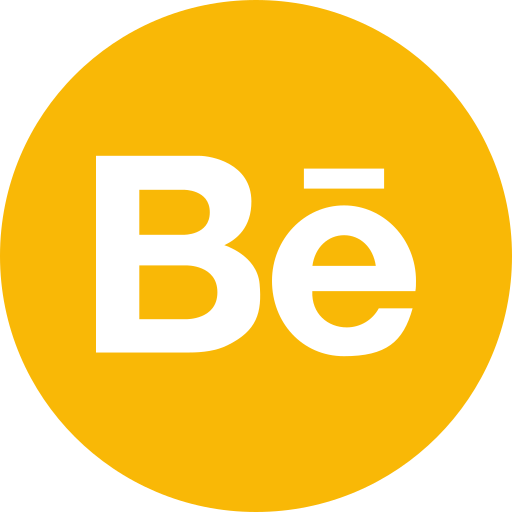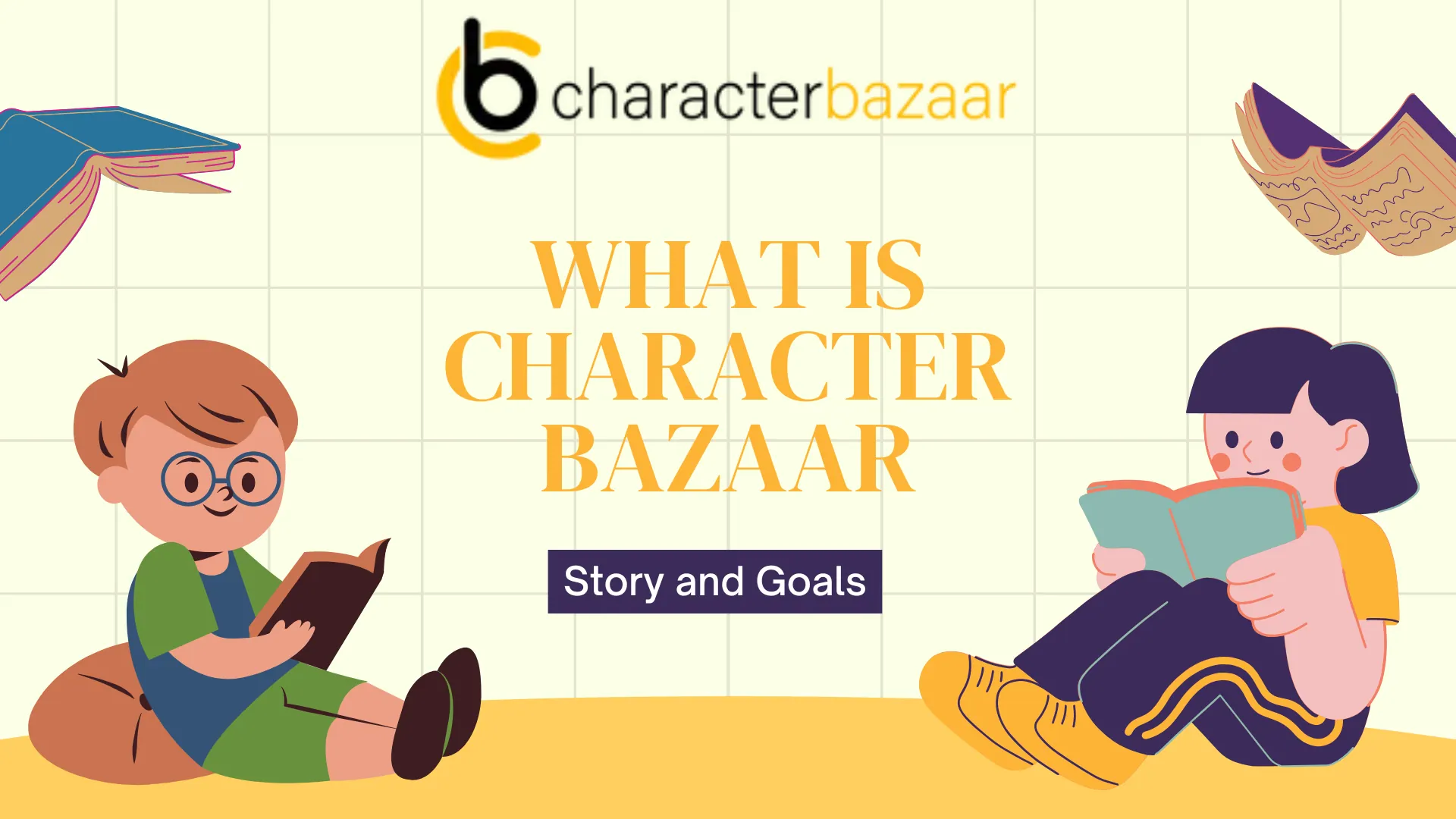
Cartoon Character Reference: Bridging Imagination and Reality
Ever wondered how your favorite animated characters maintain their charm and consistency across episodes, seasons, or even different media? The secret, however, lies in the use of this very much overlooked tool, which has been the backbone of most animation industries: the character reference. For someone who has been waist-deep or more in animation for over a decade now, I can confidently say these references come in handy. How they are used has evolved a great deal in today's digital world, so let's delve into exactly why they're so important.
Key Takeaways:
- References to cartoon characters are essential for animation timing and continuity.
- They function roughly as a blueprint to both the animators and voice actors, to mention the two major stakeholders within this context.
- A well-done reference sheet can save time and resources during production.
- Character references are not static documents. They gradually become one with more and more detail within them while a project unfolds.
- Digital tools have sealed the rebirth of Character References.
What Exactly is a Cartoon Character Reference?
Think of this, a cartoon character reference is going to be your blueprint of sorts to your animated creation. It should hold the ability to record every single character aspect from flesh and blood down to wits and personality character fads. Do not think of it as just any ordinary sketch; it’s a detailed document that serves as a ready reference for any individual working on the character. Such a character reference might cover the following:
- character designdrawings in the front, side, and back views
- Color palette
- Facial expression and the emotions
- Key poses or actions
- Personality traits and history
- Voice actor notes
- Relative size to other characters
Let me tell you, these change the game in the animation process.
The Unsung Hero of Animation: Why References Matter?
Imagine you are trying to draw Mickey Mouse and do not know what his ears look like, or you are animating SpongeBob and do not know how he can squash and stretch; sounds pretty much doomed from the start, right? That is where character references swoop in to save the day.
Consistency is key in animation; a character should look and feel the same throughout a long-running series or even just a commercial from scene to scene, episode to episode, and even from one animator to another. A good reference puts up a guarantee that SpongeBob’s contagious laugh is as contagious in episode 1 as in episode 100.
- Time-Saver: Less guesswork, more making. When animators have a clear reference, that saves time.
- Quality Control: The integrity of the character design remains consistent in all formats.
- Onboarding Tool: Get on board quickly into the essentials of a character for a new team.
- Communication Aid: References help create a clear line of communication among different sections like animation, voice acting, and even merchandise design.
From Pencil to Pixel: The Evolution of Character Reference
Not just the tools, but the content of the character reference has undergone changes too. Modern references would probably include:
- Animation cycles for common actions
- Detailed breakdowns of character rigs for 3D animation
- Lighting and shading information
- Reference for different ages or alternate versions of the Character

“The Evolution of a Cartoon Hero - Progression of a Cartoon Character from Rough Sketch to Final Colorful Design."
Beyond the Screen: Character References as Brand Guardians
In the busy world of animation, many characters often expand their existence beyond their initial media to become proficient icons, respected and deeply loved, and consequently, celebrated intellectual property. It is here that character references take on an important new role: brand guardians.
Think of Mickey Mouse,
Hello Kitty, and the
Minions—not just cartoon characters, but billion-dollar brands if not multimillion-dollar ones. It is in the consistency through which they are portrayed across different platforms and products where brand value lies. That's where character reference really comes into its own as a brand guardian.
Effectively, this reference would imply that when you view the character on a New York lunchbox, a Tokyo billboard, or in a Paris theme park ride, the character's integrity remains the same. And it is this consistency that aids in creating powerful emotional bonds between characters and audiences worldwide.
Let us break down how character references act as brand guardians:
- Visual Continuity: They hold the exact settings on how a character should appear to maintain visual continuity in all media and merchandise.
- Personality Consistency: References include descriptions of character traits and behaviors to retain the personality of the character, even when the character needs to be adapted for a different cultural audience.
- Legal Protection: Notices elaborate on a character's distinctive characteristics in cases of infringement of copyright and trademark law.
- Quality Control: Mods set a level against which all renderings of the character are measured, ensuring quality throughout licensed products.
- Brand Evolution: Character references give evolution in brands a controlled means to update a character's look or personality while maintaining core elements.
How to Draw the Perfect Character Reference in Easy Steps
- Getting the Basics: Quickly outline the rough shape of your character and the proportions. This is, in essence, where the skeleton of your character reference begins.
- Adding detail: Fill in the character with further details, being mindful of the angles as well.
- Color it in: Fix your character’s color palette; write down the colors in digital codes.
- Express yourself: Draw the character in different mood states. This will help an animator get into a certain mood.
- Strike a pose: Depict the key poses that define the personality and movement style of your character.
- Tell a story: Write a short bio for the character; make everybody realize what drives him and where he comes from.
- Size matters: Include a description of how large/small your character is in relation to others.
- Accessories: Add details of costumes/props integral to your character.
- Voice notes: Add voice and speech notes for your character, if relevant.
- Digital details: Include rigging/animation constraints on a character design for 3D characters.

"10 Steps to Consider in a Character Reference while Designing."
Let me repeat; a good character reference should always be clear, comprehensive, and easy to understand for any member of your team.The Hidden Complexities: When Characters Evolve


"Example of Character Evolution - Pikachu's Character Design - from Chubby to Slim."
Keeping character references up-to-date ensures that your animation remains consistent even as your characters grow and change.The Future of Character References: What’s It Gonna Look Like?
With a fast-tracking world, so shall be the world of character references in tech. We are already seeing some onset of AI-assisted tools to enable the drafting of character variations from just existing references. There are also new possibilities opened by virtual and augmented reality in making and visualizing 3D character references.
Yet no matter how powerful our tools are, at the center of character references will always be that which has made this wonderful world of animation run—consistency, clarity, and life.
Wrapping Up: The Unsung Heroes of Animation
From Mickey Mouse to the recent characterization of a mobile game, these references for cartoon characters have been doing an unsung heroes’ job in the animation industry for decades. They are the unsung heroes in making sure that your favorite characters remain recognizable and endearing wherever they appear. A great Character Reference stands behind every great cartoon character.
FAQ: Cartoon Character Reference
1. How long does it take to make a character reference?
2. What are the differences in character reference between 2D and 3D animation?
3. What is the difference between a character reference and a model sheet?
4. Do professional animators really create character references digitally?
5. Do character references change during the production process?
Let's Discuss !!














